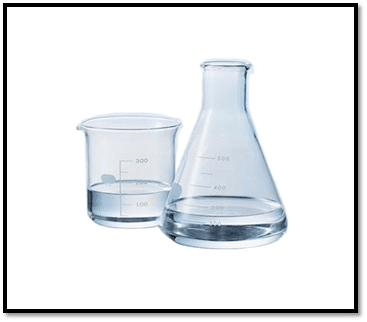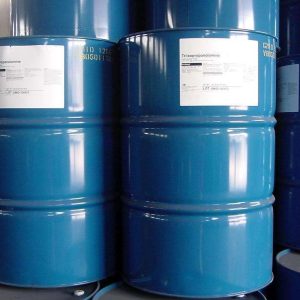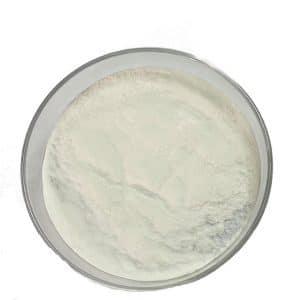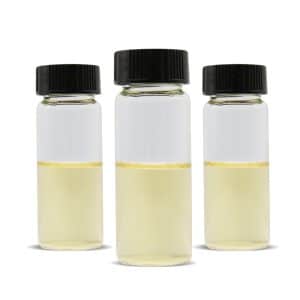Description
Diethylene Glycol (DEG): The Sweet Poison with a Bitter Legacy
Diethylene glycol, often abbreviated as DEG, is a seemingly innocuous chemical compound that, beneath its simple structure, hides a dark potential for tragedy. While it possesses legitimate industrial applications, its unfortunate history is tragically intertwined with cases of mass poisoning and preventable deaths, often stemming from its misuse or accidental presence in consumer products. Understanding DEG, its properties, uses, and the dangers it poses is crucial for both industry professionals and the general public.
What is Diethylene Glycol?
DEG is a colorless, practically odorless, and slightly viscous liquid with a sweet taste. This last characteristic, ironically, has been a key factor in its accidental and sometimes deliberate misuse. Chemically, it belongs to the family of glycols, specifically a derivative of ethylene glycol (the main component of antifreeze). While structurally similar to ethylene glycol, DEG possesses distinct properties and a significantly different toxicity profile, though both are dangerous if ingested.
Where is DEG Found and What is it Used For?
In its legitimate industrial applications, DEG serves as:
A Solvent: It’s used in inks, brake fluids, and certain industrial solvents.
A Humectant: Its ability to retain moisture makes it useful in the production of some unsaturated polyester resins and polyurethanes.
A Building Block: It’s a raw material in the synthesis of certain polymers and ester resins.
However, the danger lies not in these controlled environments, but in its potential to infiltrate consumer goods, particularly in regions with lax regulatory oversight or where cost-cutting measures overshadow safety protocols.
The Shadow of Poisoning: A History of Tragedy
The sweet taste of DEG has proven to be a fatal lure. Tragically, DEG has been substituted for more expensive and safer ingredients, particularly in pharmaceutical preparations and food products. This substitution, often with malicious intent or due to negligence, has resulted in numerous outbreaks of mass poisoning across the globe.
Some of the most notable and devastating incidents include:
Panama (2006): Hundreds of deaths were linked to cough syrup contaminated with DEG that was mislabeled as glycerin.
Haiti (1995-1996): Teething syrup containing DEG resulted in the deaths of numerous children.
Nigeria (1990): Paracetamol syrup contaminated with DEG caused a significant number of fatalities.
India (various instances): Numerous cases of DEG contamination in cough syrups and other medications have resulted in deaths and serious health complications.
These incidents highlight the catastrophic consequences of DEG ingestion, particularly in vulnerable populations like children.
The Devastating Effects of DEG Poisoning
Ingesting DEG can lead to a range of severe health problems, often culminating in death. The primary target organs are the kidneys, leading to acute kidney injury and eventual renal failure. Symptoms of DEG poisoning can include:
Early Stages: Nausea, vomiting, abdominal pain, diarrhea.
Later Stages: Oliguria (decreased urine output), anuria (absence of urine production), back pain, lethargy, altered mental status, seizures, coma.
The insidious nature of DEG poisoning is further compounded by the fact that early symptoms can be non-specific, delaying diagnosis and treatment. Even with prompt medical intervention, which often involves dialysis to remove the toxin from the bloodstream, the prognosis can be grim, and long-term health consequences are possible in survivors.
Preventing Future Tragedies: Vigilance and Regulation
The recurring nature of DEG poisoning outbreaks underscores the critical need for robust regulatory frameworks, stringent quality control measures, and heightened vigilance across the supply chain. Key steps to prevent future tragedies include:
Strict Regulation: Governments must implement and enforce stringent regulations regarding the production, distribution, and use of DEG. This includes clear labeling requirements and limitations on its permitted applications.
Rigorous Quality Control: Pharmaceutical and food manufacturers must implement rigorous quality control procedures to ensure the purity and safety of their raw materials. This includes thorough testing for contaminants like DEG.
Supply Chain Transparency: Tracing raw materials back to their source is crucial in identifying and preventing the entry of contaminated substances into the supply chain.
Education and Awareness: Educating industry professionals, healthcare providers, and the public about the dangers of DEG and the importance of vigilance is paramount.
International Cooperation: Given the globalized nature of supply chains, international cooperation is essential to address the issue of DEG contamination effectively.
Conclusion: A Call for Continued Action
Diethylene Glycol (DEG), with its sweet taste and deadly potential, serves as a stark reminder of the importance of chemical safety and the devastating consequences of negligence and fraud. While it has legitimate industrial uses, its presence in consumer products has repeatedly led to tragedy. Preventing future outbreaks requires a multifaceted approach involving stringent regulations, rigorous quality control, heightened awareness, and a collective commitment to ensuring the safety and well-being of all. The bitter legacy of DEG demands that we remain vigilant and continue to strive for a world where this seemingly innocuous chemical can no longer be a silent killer.







Reviews
There are no reviews yet.